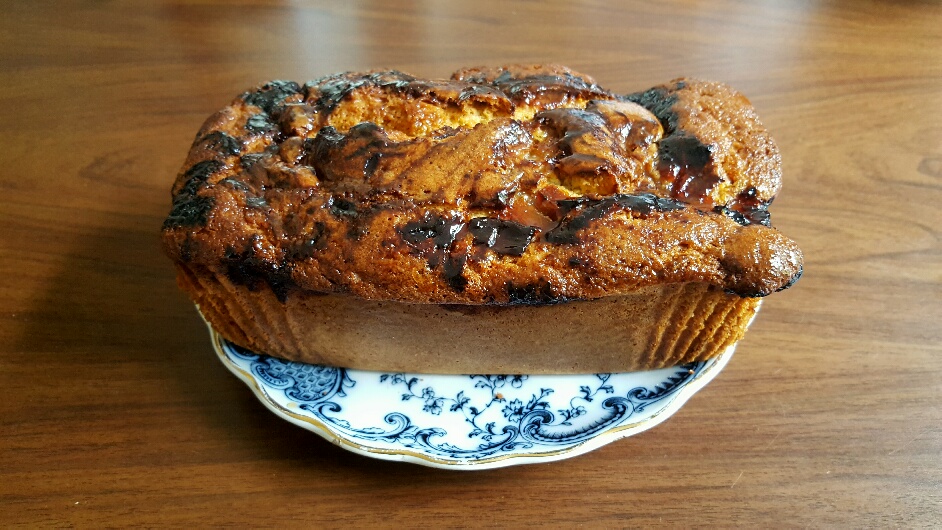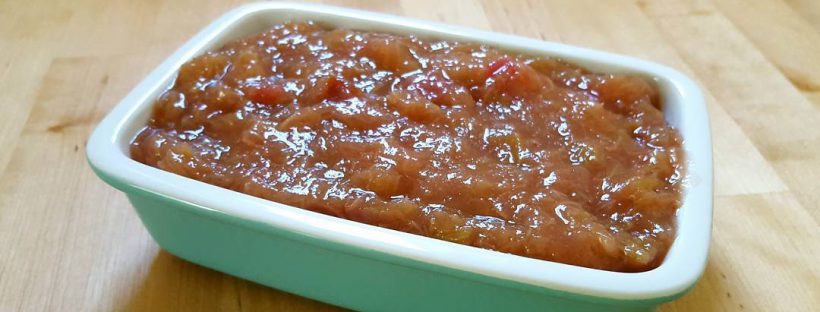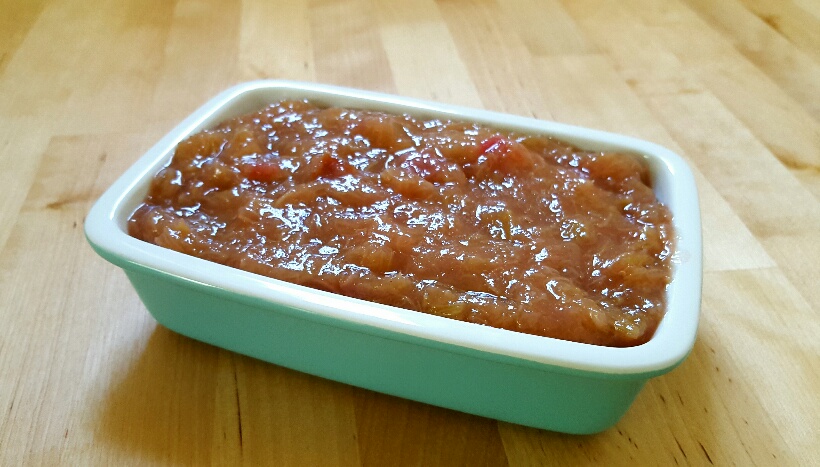
Rhubarb and Lime Cake
My previous blog post discussed the beauty that is rhubarb and gave a recipe for rhubarb compote. I’ve still got quite a bit of compote left over (it keeps for a good week or more in the fridge) so I was searching for things to make with it. I’ve already baked a rhubarb and stem ginger crumble with this year’s harvest so after a quick peek in the cupboards I decided to bake a rhubarb and lime cake.
It turned out to be a very tasty combination, with the flavour of the two acidic, tart fruits marrying well within the sugar-sweetened sponge. Swirling the compote onto the rhubarb and lime cake mix prior to baking creates a sweet sticky crust on the top and as the sugary rhubarb sinks down through the cake it forms a moist layer of fruit in the middle.
If the notion took you, it’d be easy to add some vanilla extract or ground ginger or cinnamon to your rhubarb and lime cake sponge mix, but I think it’s just fine as it is. Keeping it simple lets the rhubarb sing and what a pretty song it is.
Ingredients:
200g butter (or non-dairy version)
175g sugar
3 eggs
200g gluten-free self-raising flour (I use Dove’s Farm G/F flour because it’s made with low FODMAP ingredients whereas many other gluten-free flours are made with high FODMAP options.)
1 tsp xanthan gum
The grated zest of 1 lime
The juice of ½ a lime
4 tbsps. of rhubarb compote
Method:
Preheat your oven to 180°C/160°C Fan/Gas 4.
Grease or line a loaf tin.
In a mixing bowl, cream your butter and sugar together and then add in your eggs and mix.
Add the lime zest and lime juice and mix.
Add the flour and mix together. (Gluten-free flour is notoriously dry, so if you feel the cake mix needs a little liquid then just add a little milk or rice milk to loosen it.)
Pour the mix into the prepared loaf tin and level off.
Put the rhubarb compote on the top of the cake and loosely mix it into the top of the cake mixture.
Bake it in the oven for 40-50 mins or until a skewer pushed into the centre comes out completely clean.
 Copyright protected by Digiprove © 2016-2017
Copyright protected by Digiprove © 2016-2017 

